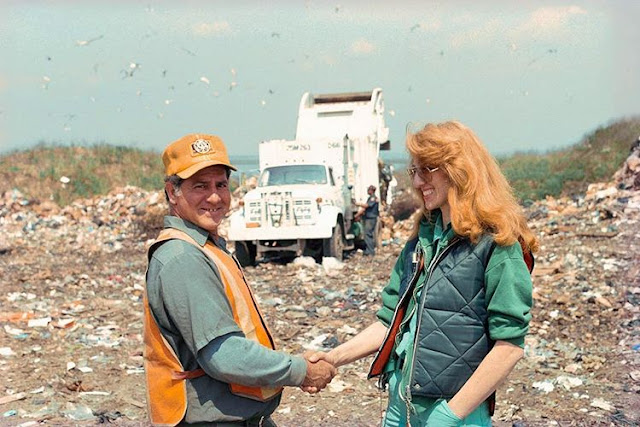Gentrification/Preservation: Culture in a Changing Economy
There is a fine line between using art and culture as progress for a community and gentrification. A delicate dance that is often fumbled by the partners involved. Can it be done? Can art be used to revitalized and create equitable, livable spaces without sliding into gentrification? Increased rent and "outsiders" moving in are often the first signs. Art can be a beacon for progress, but it's important to not leave those that have lived in the community to be left behind when it comes to moving a community forward in that progress. If rewards are brought to the long-time residents of a neighborhood, the process of gentrification can at least work towards progress while not leaving people behind and displaced.
When Rosalyn Deutsche and Cara Gendel Ryan published “The Fine Art of Gentrification” in 1984, they discussed the impact of art as gentrification on East Village - a similar experience for neighborhoods like Bushwick in NYC today. Art spaces operating for the white-majority give developers major appeal to purchase buildings and land and further the gentrification process. Even more so now than decades ago, it seems that artists who move into cities and gentrify them are making art that is aesthetically pleasing and easily sold rather than making art for social change aka "the sell-out artist". How does this type of art making play into gentrification? And further more, how does the entire functionality of the art market play into this process and how artists create work in order to live?
The authors of “The Fine Art of Gentrification” found that government grants and tax breaks to developers are what fueled the gentrification of the East Village in the 1980s. While artists might be moving in creating artwork for profit rather than artwork for social reform, the municipalities are offering developers an open door to gentrify these neighborhoods.
Still, artists have the power to shift the gentrification process and turn their work into helping change policies. By bursting out of the art market bubble and putting themselves back into the reality of their communities, artists can help revitalize and create progress while not forgetting about the residents that came before them.
When Rosalyn Deutsche and Cara Gendel Ryan published “The Fine Art of Gentrification” in 1984, they discussed the impact of art as gentrification on East Village - a similar experience for neighborhoods like Bushwick in NYC today. Art spaces operating for the white-majority give developers major appeal to purchase buildings and land and further the gentrification process. Even more so now than decades ago, it seems that artists who move into cities and gentrify them are making art that is aesthetically pleasing and easily sold rather than making art for social change aka "the sell-out artist". How does this type of art making play into gentrification? And further more, how does the entire functionality of the art market play into this process and how artists create work in order to live?
The authors of “The Fine Art of Gentrification” found that government grants and tax breaks to developers are what fueled the gentrification of the East Village in the 1980s. While artists might be moving in creating artwork for profit rather than artwork for social reform, the municipalities are offering developers an open door to gentrify these neighborhoods.
Still, artists have the power to shift the gentrification process and turn their work into helping change policies. By bursting out of the art market bubble and putting themselves back into the reality of their communities, artists can help revitalize and create progress while not forgetting about the residents that came before them.

Comments
Post a Comment